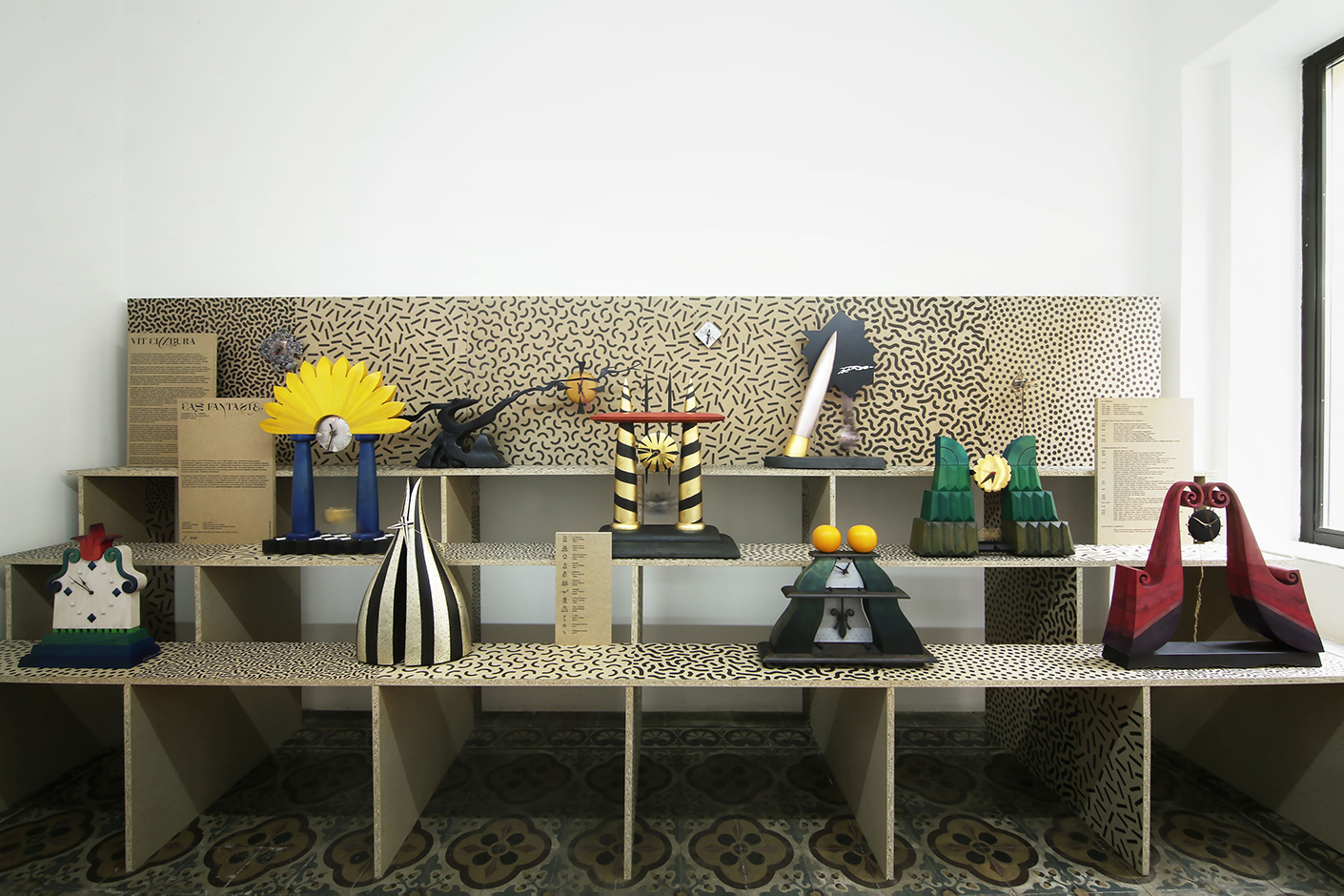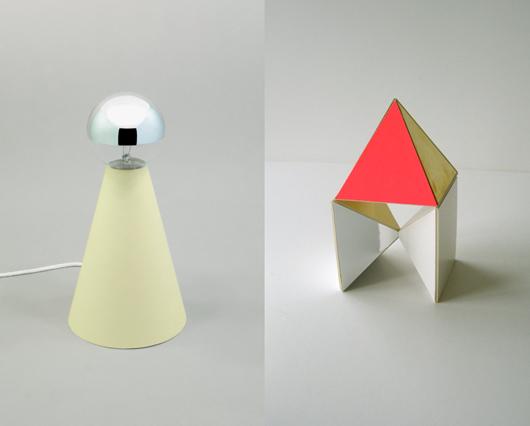
07.15.21
Current Obsession
These Playful Postmodern Clocks and Their Late Designer, Vit Cimbura, Are Finally Getting Their Due
Earlier this year, a somewhat forgotten Postmodern designer named Vít Cimbura died. A member of the iconic Postmodern group Atika, Cimbura decided at the end of the 1980s to channel his criticism of Communism through a series of experimental Postmodern creations that balanced on the edge of kitsch. The Prague-based gallery that I run, Okolo, pays tribute to Cimbura’s work this month in an exhibition of clocks, which formed an important part of his life’s work.
Cimbura created his first clocks in 1991 — monumental, hand-crafted objects, in which the very function of the clock fades into the background in favor of a kind of free artistic experiment. In his clocks, influences from historical elements, distinctive wild color combinations, and hand-painted ornaments came together in opulent and shocking artistic compositions. A member of Atika around the same time as Memphis and Alchimia in Milan, Creative Salvage in London, Totem in Paris, Art et Industrie in New York, and the German groups Berliner Zimmer or Pentagon, Cimbura’s work was closest in spirit to the colorful and geometric aesthetic of Memphis and its founder, Ettore Sottsass. Cimbura often played with colored wooden components, from which he also created furniture objects — especially chairs — influenced by baroque Czech architecture and folk handicrafts, adapting Postmodern style to local sources.
Cimbura studied at the Academy of Arts, Architecture and Design in Prague, and it was there he met Czech designer Jiří Pelcl. At the time, Cimbura was engaged in various art disciplines, but above all, he loved photography. He documented the industrial and urban landscape around him, photographed people during demonstrations, and created experimental photograms and portraits of his friends and celebrities. It was not until the end of the 1980s that Pelcl enticed him to design, inviting him to form Atika together with fellow designers Bohuslav Horák, Jaroslav Šusta Jr. and Jiří Javůrek. Pelcl wrote about this event: “13 January 1987 we established Atika. It was a free group of architects, created against the background of a complete social crisis in a motionless normalization period of communist Czechoslovakia. It was a period of Postmodernism and we conceived furniture and utility objects as distinctive works of art with a strong emotional charge. This period was an artistic adventure for us, not a design adventure.” While Pelcl moved to industrial design after the Velvet revolution in 1989, Cimbura devoted whole his life to artistic experiments.
Photos by Tomáš Souček and Matěj Činčera







